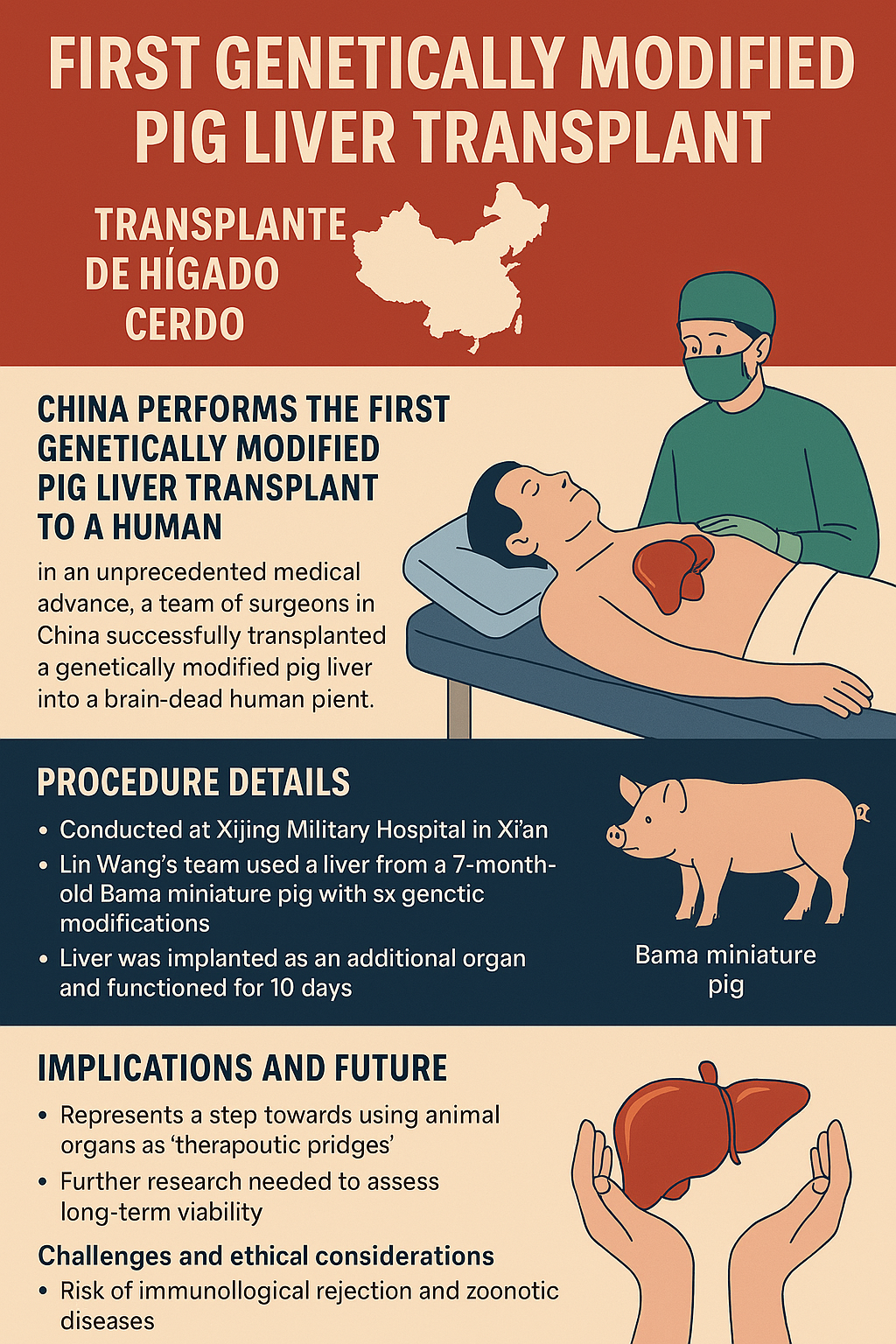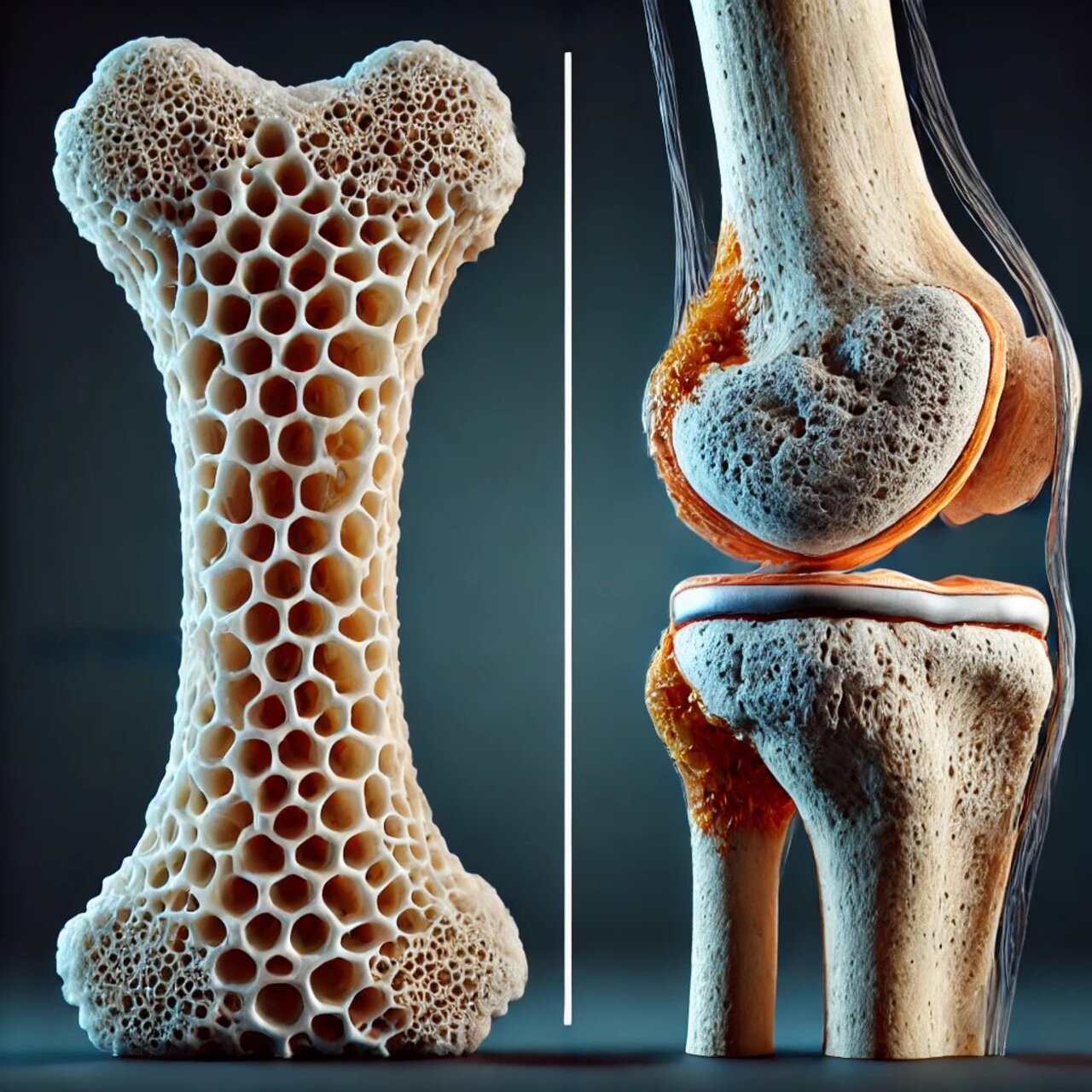
First Genetically Modified Pig Liver Transplant
China Performs the First Genetically Modified Pig Liver Transplant on a Human Patient with Brain Death
China Achieves First Genetically Modified Pig Liver Transplant in a Human

In a groundbreaking medical achievement, a team of surgeons in China has successfully transplanted a genetically modified pig liver into a human patient declared brain-dead. This milestone in the field of xenotransplantation opens new possibilities for addressing the global shortage of organs available for transplantation.
Procedure Details
The procedure was performed at the Xijing Military Hospital in Xi'an, where the team, led by Professor Lin Wang, used a liver obtained from a seven-month-old Bama miniature pig. This animal underwent six genetic modifications designed to prevent immune rejection and improve compatibility with the human body.
During the surgery, which lasted more than 10 hours, the pig liver was implanted as an additional organ, while the patient's original liver remained intact. Over the following 10 days, the transplanted organ showed vital signs of functioning, including the production of bile and albumin, both essential for liver metabolism.
Implications and the Future of Liver Xenotransplantation
This achievement represents a significant step toward using animal organs as "therapeutic bridges" for patients suffering from acute liver failure while awaiting a human donor. The pig liver's ability to perform basic hepatic functions during the trial period suggests its potential to sustain patients temporarily as they await compatible human livers.
However, experts caution that further research is needed to evaluate the long-term viability of these procedures and ensure their safety. Although the pig liver functioned adequately during the 10-day observation period, its capacity to fully replace a human liver in cases of severe liver failure has yet to be determined.
Challenges and Ethical Considerations
Xenotransplantation presents significant challenges, including the risk of immune rejection and the potential transmission of zoonotic diseases. Genetic modifications in donor pigs aim to mitigate these risks, but rigorous studies must continue before these procedures can be considered for widespread clinical use.
Additionally, ethical and cultural considerations surrounding the use of animal organs in humans remain. It is crucial for the medical community and society at large to engage in informed discussions to establish clear and consensual guidelines regarding xenotransplantation practices.
Conclusion
The successful transplant of a genetically modified pig liver into a human in China marks a milestone in modern medicine and offers a promising solution to the growing demand for transplantable organs. As research progresses, it is vital to address the scientific, ethical, and social challenges associated with xenotransplantation to ensure its safe and effective application in the future.











LEAVE A COMMENT: